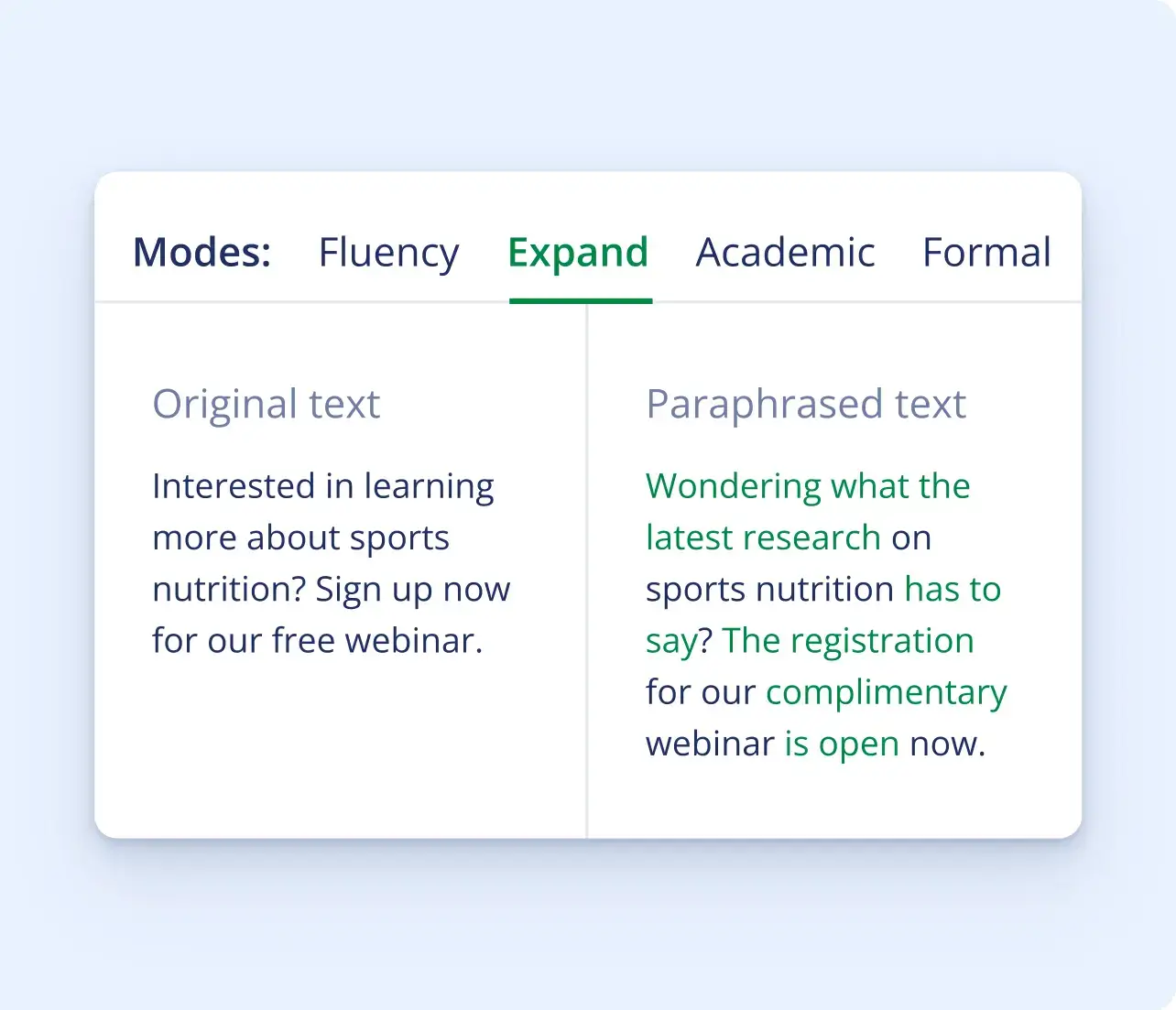India Independence Day | History & Greetings
India’s Independence Day is celebrated every August 15th. It commemorates India’s independence from the United Kingdom on August 15, 1947.
To wish someone a happy Indian Independence Day, you can say “Happy Independence Day!”
For more greetings you can use for this holiday, ask QuillBot’s AI Chat.
India Independence Day
British rule over India began in the 17th century, when merchants from the East India Company began to exert control over the Indian subcontinent. After the Indian Rebellion of 1857, the British Crown assumed direct control. India then spent almost the next 100 years under British colonialism.
When did India gain independence?
On August 15, 1947, the United Kingdom passed the Indian Independence Act 1947, transferring legislative control to the Constituent Assembly of India. At midnight on the night of the 14th–15th, the partition of India went into effect, dividing British India into two independent states: India and Pakistan.
For some, this day is bittersweet. Although India regained its independence, the partition displaced millions of people, separated families, led to large-scale violence and mass casualties, and created a hostile atmosphere between India and Pakistan.
How did India gain independence?
India Independence Day was the result of the Indian independence movement, led primarily by Mahatma Gandhi. Gandhi advocated for nonviolent resistance and civil disobedience, with the aim of ending British colonial rule over India.
Various resistance groups played a role in the Indian independence movements, each with their own philosophy and form of protesting. India was drawn into World War II as a British colony, and Indian leaders urged Britain to grant India independence in exchange for its support in the war.
Although Britain never agreed to this, the country was economically and politically weakened by the war, making it more difficult to control its colonies. This, coupled with increasing pressure from within India, eventually led to independence.
Indian Independence Day speech
On August 15, 1947, Jawaharlal Nehru, the Prime Minister of India, hoisted the Indian flag above the Red Fort in Delhi. The night before, Nehru delivered a famous speech—the Tryst with Destiny—to proclaim India’s independence.
— Tryst with Destiny speech, Jawaharlal Nehru, August 15, 1947
Since the first Indian Independence Day, it’s customary for the Prime Minister to raise the flag and address the nation. This event is broadcast on Indian national television and is usually accompanied by traditional music played on the shehnai, an instrument similar to the oboe.
— India Independence Day speech, Narendra Modi, August 15, 2024
Indian Independence Day trivia
Below is some Indian Independence Day trivia to help you get a better understanding of the holiday:
- Independence Day is a national holiday in India. Many offices, schools, banks, post offices, and other businesses close or operate on reduced schedules.
- Kites have become a symbol of Indian Independence Day, with kites serving as a symbol of India’s freedom.
- The British first arrived in India in 1608 at Surat.
- On India’s Independence Day, the flag is raised over the Lahori Gate of the Red Fort in Delhi.
- The last Viceroy of India was Lord Mountbatten, a second cousin to King George VI.
- The partition plan was also known as the Mountbatten Plan.
- Gandhi is known as “the Father of the Nation” in India.
- Indira Priyadarshini Gandhi was the first female Prime Minister of India; she was the daughter of Jawaharlal Nehru, the first Prime Minister.
- The name Satyagraha refers to Gandhi’s policy of nonviolent resistance.
Happy Indian Independence Day
If you’d like to wish someone a happy Indian Independence Day, you can use some of the greetings below.
- Happy Independence Day, India!
- Wishing you a joyful and proud Independence Day!
- Let’s celebrate the spirit of freedom.
- Proud to be Indian. Happy Independence Day!
- May our flag always fly high. Happy 15th of August!
- May our nation continue to grow and prosper.
- Let us salute today the bravery of our freedom fighters. I wish you a happy Independence Day!
- Freedom is our birthright. Let’s honor it—Happy Independence Day!
- One nation, one heart, one pride—Happy 15th of August!
- Wishing you and your family a safe and proud Independence Day.
- Happy Independence Day. Let us continue working toward a better, stronger India.
- Our freedom was earned with blood, sweat, and sacrifice. Celebrate it with pride.
You could also send happy Indian Independence Day greetings in other languages. Below are some greetings in Indian languages, transliterated into Roman script:
- Jai Hind! (“Victory to India!” in Hindi)
- Swatantrata Diwas ki haardik shubhkaamnayein! (“Heartfelt wishes for Independence Day!” in Hindi)
- Swādhīnōtā dibasēr śubhēcchā! (“Independence Day greetings!” in Bengali)
- Indhiyaā vāzhga! (“Long live India!” in Tamil)
- Swatantrata divasni shubhkaamnāo! (“Happy Independence Day!” in Gujarati)
Frequently asked questions about India Independence Day
- What are some Indian Independence Day patriotic songs?
-
Some popular Indian Independence Day patriotic songs are:
- “Maa Tujhe Salaam” by A. R. Rahman
- “Vande Mataram” by Bankim Chandra Chatterjee
- “Ae Mere Watan Ke Logon” by Lata Mangeshkar
- “Bharat Humko Jaan Se Pyara Hai” by A. R. Rahman and Hariharan
India Independence Day is often celebrated with patriotic songs that honor the country’s struggle for freedom and evoke national pride. These songs are played at schools, public events, and during flag-hoisting ceremonies.
If you want to know more Indian Independence Day patriotic songs, ask QuillBot’s AI Chat.
- Why did India’s desire for independence increase following World War II?
-
India’s desire for independence increased following World War II due to many factors, including:
- India’s sacrifices and contributions during the war
- The weakening of British political and economic power
- The rise of nationalist sentiment and protests
- Global pressure against colonialism
The tensions in India and the new situation for Britain following World War II led to India Independence Day being proclaimed on August 15, 1947.
For more info on this topic, ask QuillBot’s AI Chat.

